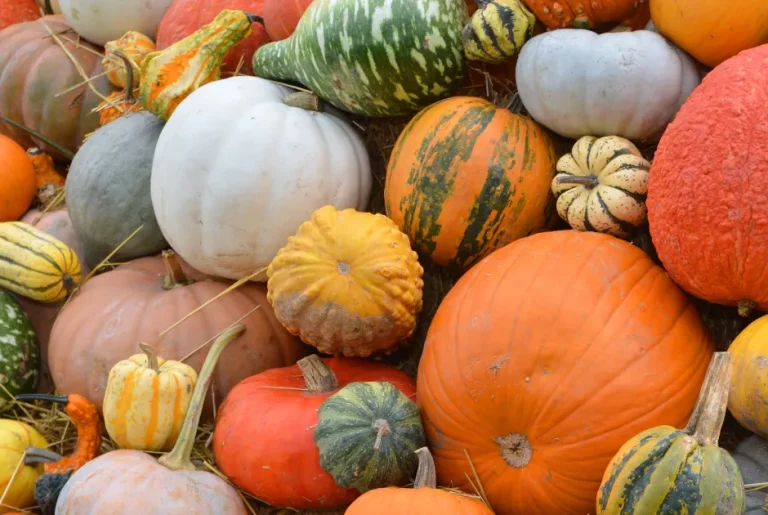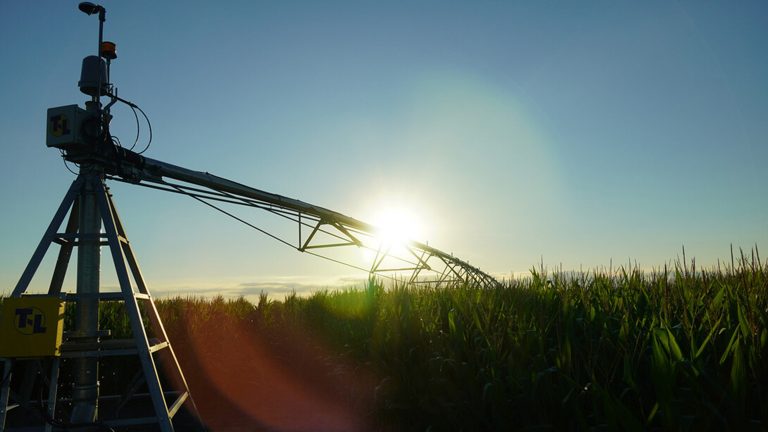Nebraska Extension
It’s the middle of October now, which is prime time for fall weather, fall activities, and of course all the Halloween preparations. There are some great Horticulture fall decorations including my favorites, pumpkins, apples, and mums.
Pumpkins
Pumpkins can be used for so many things including carving, decoration, and many delicious desserts. If planted later in the summer growing season, your pumpkins should have matured within the last couple of weeks. Pumpkins are mature when the rind is hard and can resist penetration from a fingernail.
Pumpkins need to be harvested prior to a hard frost. They will survive light frost, but a hard frost or freeze will damage the pumpkin including storage potential and rot. When removing pumpkins from the vine, cut them off but not too close to the pumpkin which can lead to decay.
When purchasing pumpkins, first inspect it for damage that can lead to reduced shelf-life. Look for a good rind with no puncture wounds, one with stem still attached and choose the correct pumpkin for the intended use. Pie pumpkins are best for baking while jack-o-lantern types will work better for carving and for decorations.
Apples
Apples can be purchased in stores and many other fall attraction sites, or they can be grown at home. It is best to plant apples in spring. When selecting your tree, choose trees resistant to cedar-apple rust and apple scab, the two most problematic diseases for apple trees in Nebraska. Some good apple choices include Liberty, Enterprise, and Freedom which all have good disease resistance. Enterprise is self-unfruitful and therefore does require a pollinator tree be planted nearby. Honeycrisp is a delicious apple, but is susceptible to many diseases and has weak growth leading to more storm damage.
Harvest apples when mature, which can differ among the many varieties. To determine the harvest time for the apple, identification helps but that is difficult due to the wide range of varieties available now. So, if you don’t know the variety, you can look at the color, flavor, and texture of the apple. For mature apples, look at the “ground color”, which is the color of an apple’s skin disregarding any areas of red. For red-fruited cultivars, observe the portion of the apple that faces the interior of the tree. When the ground color turns from leaf green to yellowish green or creamy yellow, the apples are ready to harvest. In yellow cultivars the ground color will become a golden color when they are ready to harvest.
Mums
Mums are common fall decorations. Garden mums grow to 18 inches tall and 30 inches wide and grow in a clump. The flowers are 2-3 inches across and can be found in many colors including white, yellow, orange, pink, purple, coral, and deep burgundy red depending on the variety. Mums need to be pinched back in the early summer to help keep the plants to a compact size and shape and to help flowering. Pinching should be done 2-3 times in June. It should begin when the plants are 5-6 inches high and it should be discontinued around the 4th of July. If not pinched back, mums may bloom in late summer rather than the fall.
Many gardeners struggle with maintaining their mum plants over the winter due to repeated freezing and thawing cycles through the growing season as well as wet, heavy soil or lack or snow cover. Longevity of the plants can be enhanced by planting them in a location that is more protected from north winds, discontinuing fertilization by the end of July to reduce new growth at the end of the season, adding several inches of mulch to the soil around the plants through the winter months, and cutting the plants back in the spring rather than in the fall.
If you have any further questions please contact Nicole Stoner at (402) 223-1384, nstoner2@unl.edu, visit the Gage County Extension website at www.gage.unl.edu, or like my facebook page at http://www.facebook.com/NicoleStonerHorticulture




